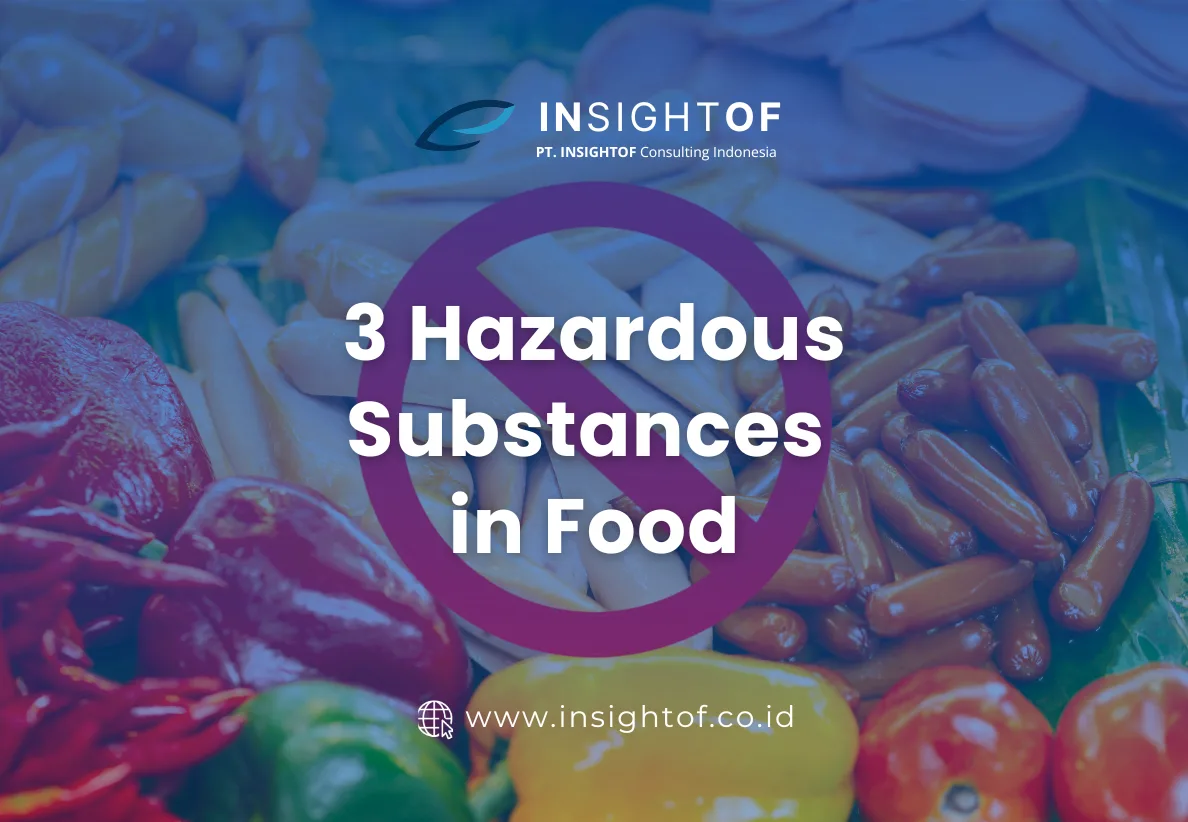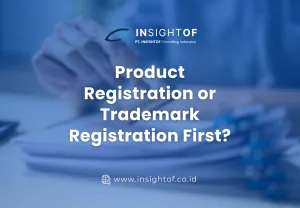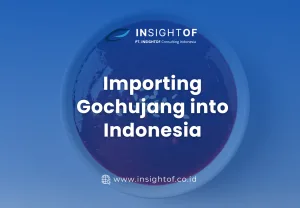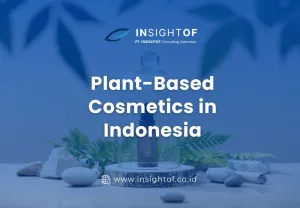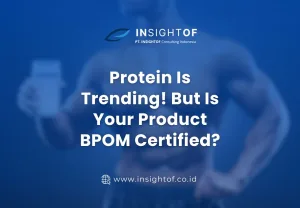Ensuring food safety is essential for maintaining public health. Unfortunately, some harmful substances are still misused in food production, posing significant health risks. Here are three hazardous substances commonly found in food and the dangers they present:

Formalin is a colorless liquid that dissolves easily in water and alcohol, with a strong, pungent odor. It is commonly used as an adhesive for plywood, a disinfectant for medical equipment, and a preservative for cadavers.
Examples of Misuse in Food:
- Wet noodles
- Tofu
- Fresh meat
- Fresh fish
- Dried/salted fish
Dangers of Formalin:
- Causes respiratory irritation, allergic reactions, and damage to the liver, heart, brain, kidneys, and nerves.
- Long-term consumption may lead to cancer.
Characteristics of Food Containing Formalin:
- Wet Noodles:
- Non-sticky texture
- More elastic and glossy appearance
- Strong formalin odor
- Remains fresh for more than a day at room temperature
- Tofu:
- Firm texture, does not crumble easily
- Strong formalin odor
- Remains fresh for more than a day at room temperature
- Dried/Salted Fish, Fresh Fish, and Fresh Chicken Meat:
- Not easily infested by flies
- Strong formalin odor


Borax is a white crystalline substance commonly used in detergents, soldering materials, wood preservatives, and antiseptics. It is widely known as “bleng” or “pijer” in some regions.
Examples of Misuse in Food:
- Meatballs (bakso)
- Cilok (chewy tapioca balls)
- Lontong (rice cakes)
- Kerupuk gendar (rice crackers)
Dangers of Borax:
- Causes nausea, headaches, and irritation to the respiratory tract, skin, and eyes.
- Long-term consumption may lead to kidney damage, acute circulatory failure, and even death.
Characteristics of Food Containing Borax:
- Wet Noodles, Meatballs, Lontong, Cilok, and Fish Cakes (Otak-otak):
- Very chewy texture
- Non-sticky and does not break easily
- Rambak Crackers:
- Bitter taste


- Rhodamine B: A synthetic dye in the form of a reddish-purple powder that appears bright red and fluorescent when dissolved. It is typically used in the textile and paper industries.
- Methanyl Yellow: A synthetic yellowish-brown dye in solid or powdered form used in textile and paint industries.
Examples of Misuse in Food:
- Crackers
- Shrimp paste (terasi)
- Cotton candy (gulali)
- Red-colored syrup’

Dangers of Rhodamine B and Methanyl Yellow:
- Causes irritation in the digestive tract.
- Long-term consumption can lead to liver dysfunction, bladder damage, and cancer.
Characteristics of Food Containing Textile Dyes:
- Bright, Unnatural Colors: Bright red (Rhodamine B) or bright yellow (Methanyl Yellow) with a fluorescent glow.
- Uneven Color Distribution: Visible specks or patches of concentrated dye.

Ensure Your Food Business Complies with Safety Standards
Selling food that contains hazardous substances is not only illegal but also puts consumers’ health at serious risk. Food and beverage businesses must prioritize safety and compliance with government regulations.
If you’re a food business owner looking to ensure your products meet the highest safety standards, INSIGHTOF is here to help. With our expertise in regulatory compliance and product registration, we can guide you through the complex process of obtaining necessary approvals from health authorities.
Secure your business and protect your consumers—Contact INSIGHTOF today for professional assistance with food and beverage registration!

How can INSIGHTOF help?
INSIGHTOF offers comprehensive regulatory services to facilitate market entry in Indonesia, specializing in BPOM and Kemenkes product registration with expert guidance every step of the way.
For any inquiries, please feel free to contact us at marketing@insightof.co.id.
Reference: KATA BPOM – Modul Komunikasi, Informasi, dan Edukasi

